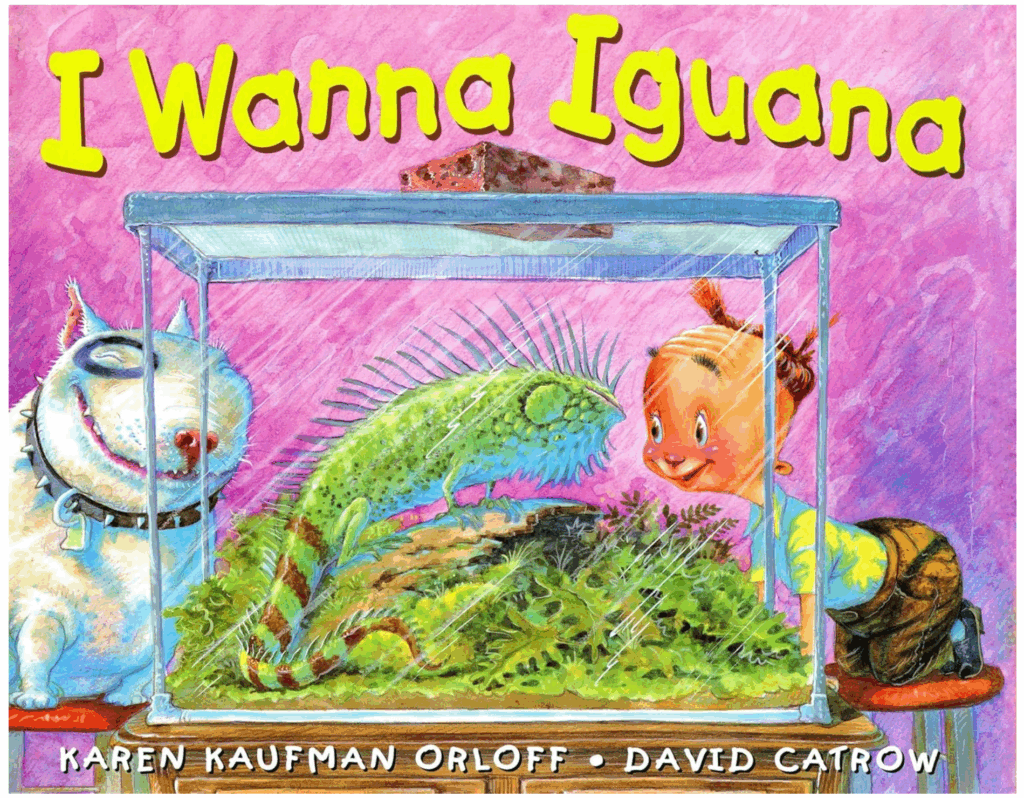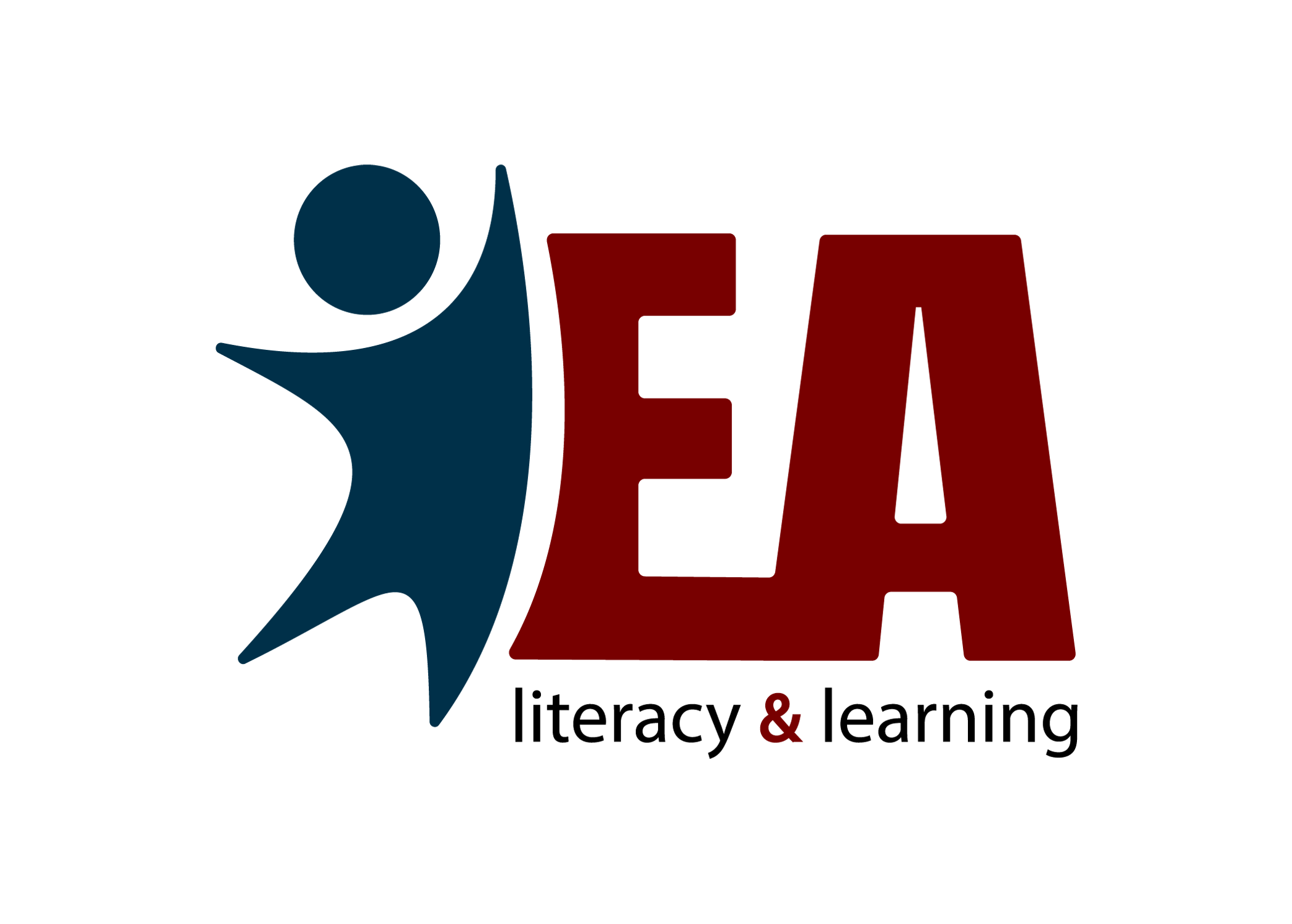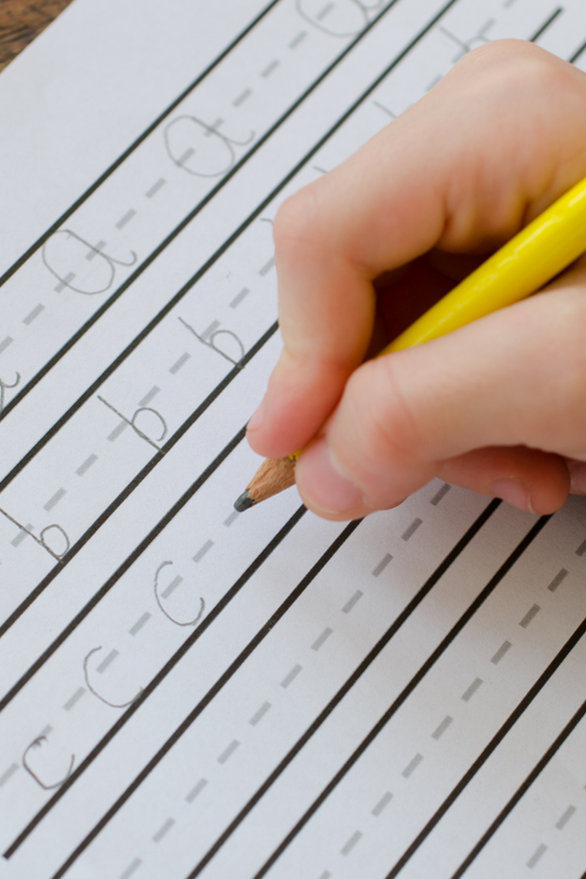Letter formation might seem like a small detail in the big picture of writing instruction, but it’s actually one of the most important building blocks for fluent, confident writers. When students learn to form letters accurately and automatically, they set the stage for clear, expressive, and efficient writing throughout their school years (Psychology Direct, 2025; Scribd, 2025).
The Simple View of Writing reminds us that skilled writing has two key parts:
- Transcription – the mechanical side of writing, like handwriting, spelling, and punctuation.
- Text generation – the ability to organize and communicate ideas clearly.
When transcription becomes automatic, students have more mental space to focus on content—what they want to say and how best to say it (Keys to Literacy, 2024; Teach Handwriting, 2025). In other words, fluent handwriting frees up brainpower for creativity, problem-solving, and revision.
On the other hand, when letter formation is difficult, it can slow the writing process, make text harder to read, and discourage students from expressing their ideas. Many teachers have seen this first-hand: a student who knows what they want to say but becomes frustrated because writing it down takes so much effort (Scribd, 2025). Research continues to show that weak transcription skills can limit the quality of students’ writing—impacting organization, detail, and even motivation (Psychology Direct, 2025; Keys to Literacy, 2024).
Letter formation isn’t an isolated skill. It connects closely with phonics, word recognition, and spelling (Amplify, 2025). Consistent, explicit practice helps prevent common issues such as letter reversals, uneven sizing, or letter “drawing.” As students gain fluency, their writing becomes more natural and their working memory is freed up—supporting stronger vocabulary, richer sentences, and deeper thinking (Keys to Literacy, 2024).
Even in upper grades, students benefit from ongoing support and intervention when handwriting or fluency remain a challenge. As teachers, we can weave handwriting practice into authentic literacy activities—through journaling, note-taking, or quick writes—to make it meaningful and relevant. When students see progress in how easily their thoughts flow onto paper, confidence and independence follow (Scribd, 2025).
Letter formation isn’t just for the primary classroom—it’s a skill that underpins every level of writing development. As educators, prioritizing this foundational work means equipping students with the tools they need to write clearly, quickly, and with purpose across all subjects (Psychology Direct, 2025; Scribd, 2025).
✨ Coming soon: Practical classroom strategies for strengthening letter formation and writing fluency in every grade level.
References
Amplify. (2025, March 9). Reading and writing: How the simple views can help you teach. https://amplify.com/blog/science-of-reading/reading-and-writing-how-the-simple-views-can-help-you-teach/
Keys to Literacy. (2024, June 2). The not so simple view of writing. https://keystoliteracy.com/blog/the-not-so-simple-view-of-writing/
Psychology Direct. (2025, September 4). Understanding the DfE’s new writing framework: A clear guide for primary schools. https://www.psychologydirect.co.uk/news/understanding-the-dfes-new-writing-framework-a-clear-guide-for-primary-schools/
Scribd. (2025, April 25). Simple view of writing. https://www.scribd.com/document/671638002/SIMPLE-VIEW-OF-WRITING
Teach Handwriting. (2025, August 27). The simple view of writing – The teaching of handwriting. https://teachhandwriting.blog/2025/08/28/the-simple-view-of-writing/
Little Tidbits
I Wanna Iguana

I Wanna Iguana by Karen Kaufman Orloff is a playful picture book told through letters between a boy and his mother. It’s perfect for teaching persuasive and letter writing, helping students explore point of view, reasoning, and respectful communication while supporting opinion writing and social-emotional learning.





